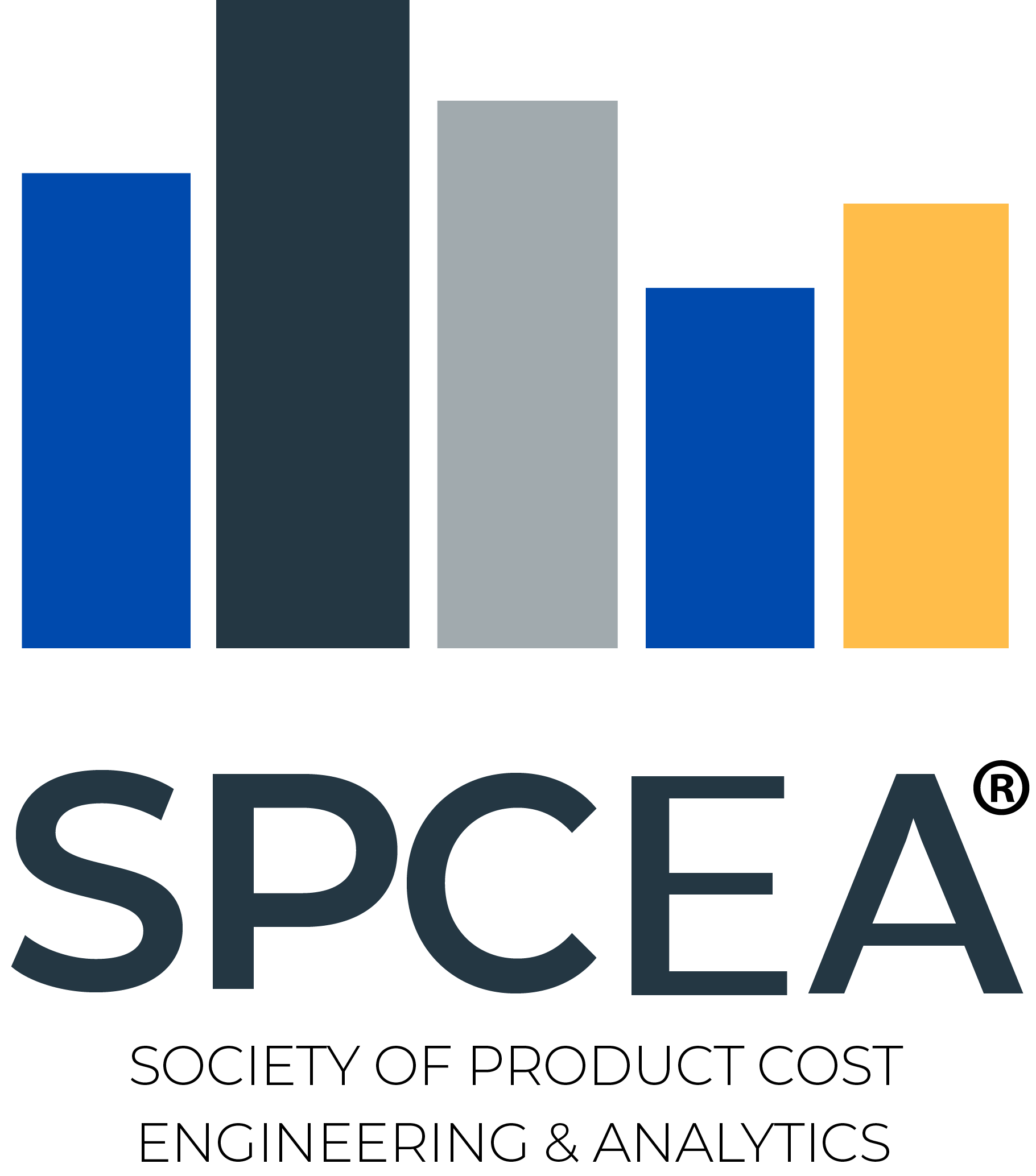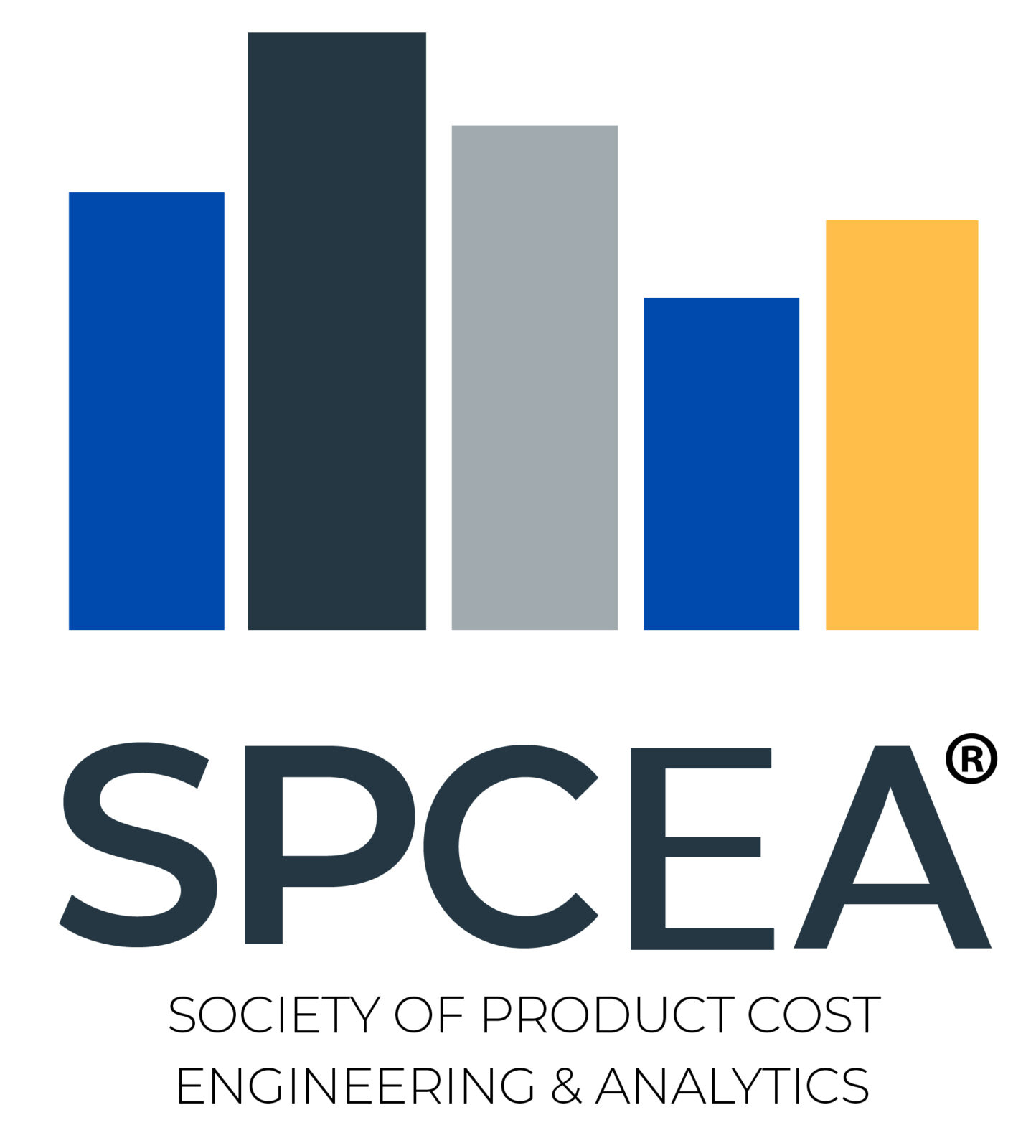
Costing Methods: It Seems That the Question of Relevance has Disappeared – Part 2
Our proposal, which will be presented in two stages, uses, in a first step, an approach familiar to information sciences: the rise in abstraction to arrive at a generic reading tool. We complete this initial work with a proposal for a relevance analysis. This article does not claim to provide an answer to this question, but wishes to put this question back at the heart of the profession’s concerns.
Proposal for a Comprehensive Approach
This proposal is based on two tools, the metamodel and the calculating machine. They have been tested and work.
The construction of the metamodel is easily carried out by an increase in abstraction by analysing the constituents of the different cost systems that are proposed to us. All models are divided into two parts: on the one hand, the representation of the functioning of the organization and on the other hand, the representation of the objects to be evaluated. The articulation between the two representations is reflected in the cost calculation itself.
Whatever model is considered, it can be reduced to three entities: external resources, units of analysis and internal resources.
To function, the organization draws on resources from the environment that are therefore qualified as external. These resources are implemented in subdivisions of the organization to produce resources qualified as internal. These internal resources can be incorporated directly into the supply to the environment or consumed by other subdivisions that we call units of analysis.
Each of these entities can be declined infinitely. External resources can be detailed, for example, according to their nature or their mode of consumption. In the same way, the units of analysis can take the form of a department, a function, a department, a workstation, etc. Depending on the definition of the unit of analysis, a production can be deduced, which can be a finished product, a sub-assembly, a production order, the provision of personnel, a visit to a customer, etc.
Since internal resources can in turn be consumed by another unit of analysis, there is a distinction between primary and secondary units of analysis where appropriate, and there is nothing to prevent possible reciprocal services.
To finalize the cost system, the cost object(s) must be defined. The latter are the subject of a unique modelling through their extended nomenclature (physical nomenclature and operating range)
In the end, the metamodeli consists of only six entities, as shown in Figure 1.

It is easy to reposition the concepts retained by the IMA on the metamodel (Figure 2):

If a metamodel can be used to transcribe all existing models, perhaps we can deduce a cost-calculating machine, which is just as universal. The cost calculation that characterizes each system and conditions teaching is the result of the confrontation of the modelling of the functioning of the organization and the objects to be evaluated.
Mathematically, this inevitably calls for a matrix calculation.
For the machine constituted by the matrix cross-referencing the representation of the organization and the objects to be evaluated to function, it must be informed. It must, in columns, give all the information on the available resources and, online, all the information on the volume of the object to be evaluated and on the unit consumption of this object. If the object includes intermediate objects (subsets for a product or products for a customer), they must be included in the resources.

This universal cost calculating machine makes it easy to test various offers, and it also makes it possible in teaching to teach various methods without having to explain the computational apparatus that is always associated with them.

Despite this step forward, the question of relevance still remains unresolved. This is what we will discuss in the last paragraph.
Proposal for a Relevance Diagnosis
This diagnosis requires both a good understanding of the different facets of the tool under study and the relationship between these facets and the objectives of the tool’s use.
Like all management tools, the cost calculation method is a three-sided tool: first, it is a technical substrate (tables, algorithm, etc.) but it is also a simplified representation of organizational relationships (centralized, decentralized, main, secondary, etc.) and finally, through the signals emitted by this technical substrate, it is a translation of the management philosophy implemented in the organization (Hatchuel and Weil)ii.
What are the objectives that can be set for the cost system ? The oldest and most often cited is to help manage the resources consumed. This is the only objective chosen by the IMA. But all old and recent studies point out that costs are also used to set prices. Here we find the problem of the articulation of cost and value in the dialogue with the environment. Finally, cost, like any indicator, can induce behaviour. It is therefore important to check whether the indicators lead to a convergence of behaviours capable of supporting the strategic orientations.
We must now question the interest of adding a fourth objective: the contribution of the cost system to social and environmental responsibility.

Once the framework has been determined, it must be possible to operationalize it. In each box, you have to find the right questions to ask so that the organization, whatever it is, can question the relevance of its cost system. The difficulty in filling in this matrix comes from the fact that it must include two categories of questions, generic questions and questions related to the structure and strategy of the organization. There will therefore never be a ready-to-use matrix but matrices to help with diagnosis. If we want to integrate the 4th line, it can also only be partial because the cost system only processes internal information, whereas SER by definition implies collecting and processing external information.

Conclusion
The plethora of offers and lack of a method for diagnosing relevance leads to a simple recommendation: abandon the idea of finding an off-the-shelf method that suits you. The right method is to model the economic functioning of your organization. Whatever this modelling, the universal calculating machine will allow you to test its operation. The advantage of this approach is also that it is open to multiple uses, which is rarely the case with “ready-to-use” methods. Your model is a database representing how your organization operates, and like any database, it can be attacked in a variety of ways, so you can generate multiple costing tools and not be locked into a single matrix. As a precaution, it will be necessary to ensure that this modelling produces relevant costs by reflecting on the matrix proposed in the last paragraph.
i P. Mevellec. Cost Systems in Organizations, (2017) Collection Repères, ED La Découverte.
ii Hatchuel and Weil, L’expert et le système Gestion des savoirs et métamorphose des acteurs dans l’entreprise industrielle, Quatre histoires de systèmes experts, (1992) Economica, Paris.

Pierre Mévellec was a professor at the University of Nantes (France) and in charge of its master’s degree in management control program from 1989 to 2007. He also consulted on ABC with large French companies (automotive, aeronautics, nuclear, pharmaceutical, agrobusiness) and the public sector (university, hospitals, airports). He has authored many books and a large number of articles on management control. Nearly all of them are available on his webpage at Researchgate.net

